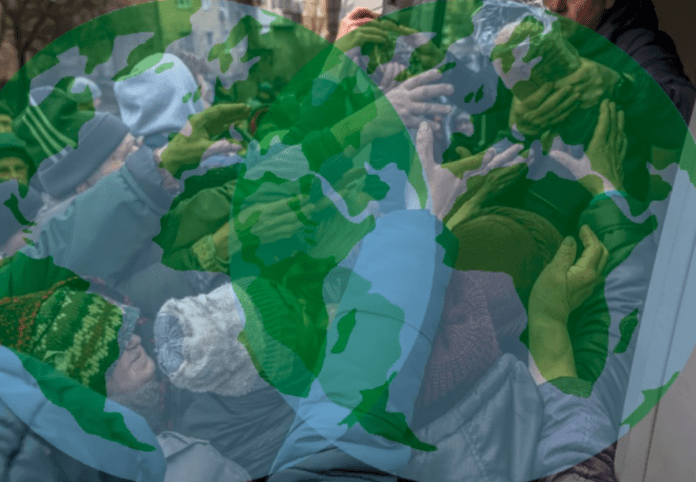News in brief: The World Bank latest newsletter report reveals that over one billion people are at risk of hunger globally, particularly in low- and middle-income countries of Africa, Asia, Latin America, and parts of the Middle East, due to factors such as disruptions in Black Sea grain initiative, damages to critical infrastructure, and unpredictable weather patterns.
The World Bank, in a newsletter report, disclosed that over one billion (or one in eight) people are on the verge of hunger around the world. It based the report on the July 2023 edition of the Agricultural Market Information System (AMIS) Market Monitor.
Majority of the figure emanates from low- and middle-income countries of Africa, Asia, Latin America and parts of the Middle East. The international financial institution noted several factors like the disruption of the Black Sea Grain initiative, the destruction of the ammonia pipeline between Russia and Ukraine, and the collapse of the Nova Kakhovka dam in Ukraine, contributed to the situation.
It also cites adverse and unpredictable weather patterns as causative agents to dwindling food security. Already, we have reported on the effects of these in India, China and other places.
The World Bank’s report highlighted the significance of the Kakhovka dam in Southeastern Ukraine to world food security and the challenges its destruction posed. It says that the dam provides water through major irrigation canals to more than 500,000 hectares of farmland. The consequent disconnection of the irrigation canals has led to water scarcity for crops, critically affecting the country’s agricultural exports.
It also showed that food price inflation remained high globally with figures between February 2023 and May 2023 jumping by about 5% in 61.1% in low-income countries, 79.1% of lower middle-income countries and 70% of upper middle-income countries.
Meanwhile, the World Bank stated that it achieved its target of providing $30 billion for food and nutrition security response to several African countries, Bolivia, Tajikistan, Jordan, Yemen, and more. Lending from the programme has exceeded $12 billion dollars, largely for the benefit of Africa, which has been hardest hit by food crisis.
It reiterated calls for urgent action to rescue hunger hotspots which it says is needed to facilitate trade, improve functioning markets and enhance private sector role.



